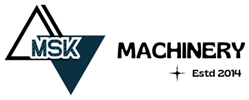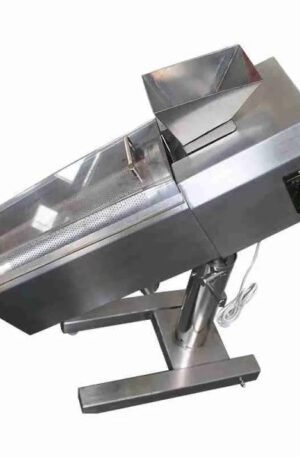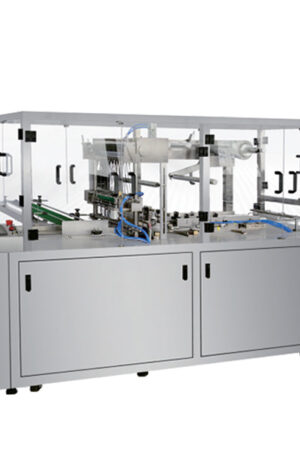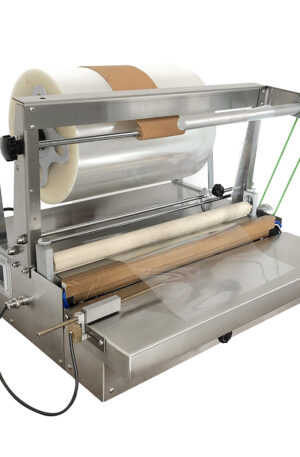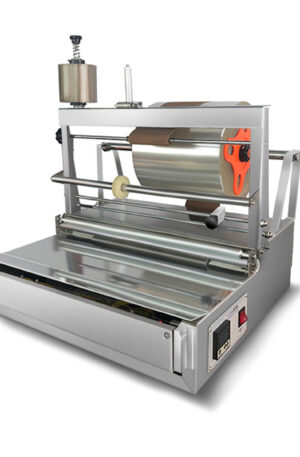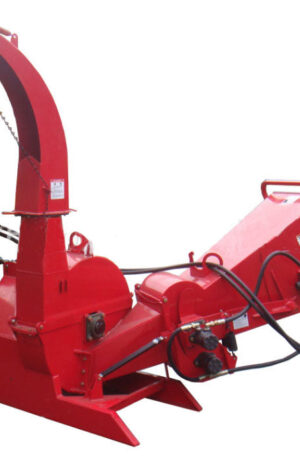Title: Revolutionizing Pharmaceutical Production: The Role of Pharmaceutical Machinery
Pharmaceutical production has undergone a significant transformation with the advent of advanced machinery designed to streamline the manufacturing process. Among the key innovations driving this transformation are table press machines and capsule filling machines. These sophisticated pieces of equipment play a crucial role in ensuring the efficient production of high-quality pharmaceutical products.
Table press machines, such as the Tablet Press (TDP) and the Tablet Press High-Speed Double Press (THDP), are integral to the tablet manufacturing process. These machines are capable of compressing powdered ingredients into solid tablets of uniform size and weight. The TDP, in particular, is renowned for its versatility and precision in producing tablets with different shapes and designs. On the other hand, the THDP excels in high-speed production, allowing pharmaceutical companies to meet the demands of large-scale manufacturing with ease.
Capsule filling machines, on the other hand, play a vital role in encapsulating powdered or liquid medications. These machines utilize advanced technology to fill empty capsules with precise doses of medication, ensuring consistency and accuracy in every capsule produced. The automated operation of capsule filling machines not only increases efficiency but also minimizes the risk of human error, thereby improving the overall quality of the end product.
The integration of table press machines and capsule filling machines into pharmaceutical production has revolutionized the industry in several ways. Firstly, these machines have significantly increased the speed of production, allowing pharmaceutical companies to meet growing demand more effectively. The automation of these processes has also improved efficiency by reducing manual labor and standardizing production protocols.
Furthermore, the use of advanced machinery has enhanced the quality control measures in pharmaceutical production. Table press machines and capsule filling machines are equipped with sensors and monitors that ensure the uniformity and consistency of each dosage form. This level of precision not only meets regulatory standards but also enhances the safety and efficacy of pharmaceutical products for consumers.
In conclusion, the role of pharmaceutical machinery, including table press machines and capsule filling machines, cannot be overstated in revolutionizing pharmaceutical production. These advanced technologies have not only increased efficiency and speed but also improved quality control measures, ultimately benefiting both pharmaceutical companies and consumers. As the industry continues to evolve, the integration of innovative machinery will undoubtedly play a pivotal role in shaping the future of pharmaceutical manufacturing.
